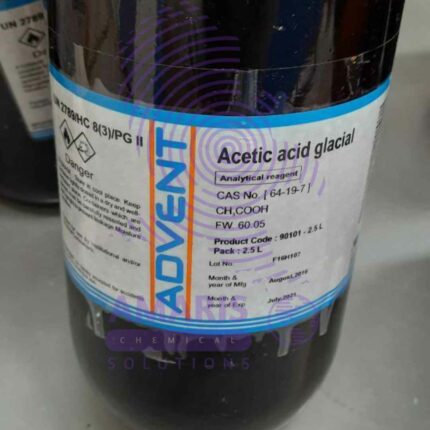
Acetic Acid 2.5litre
$1,490.00 Original price was: $1,490.00.$1,300.00Current price is: $1,300.00.

Aluminum Ammonium Sulphate
$650.00 Original price was: $650.00.$500.00Current price is: $500.00.
Aceto Carmine 100 ml
$1,745.00 Original price was: $1,745.00.$1,500.00Current price is: $1,500.00.
Whatsapp Order
Aceto carmine is a staining solution used primarily in microscopy to highlight cellular components. It is a mixture of carmine dye and acetic acid. Here’s an overview of its properties, preparation, and uses:
Properties
- Color: Red to purplish-red.
- Solubility: Soluble in water and ethanol.
- Staining Characteristics: Stains chromatin and cytoplasmic components, providing contrast for better visualization under a microscope.
Preparation
- Ingredients:
- Carmine dye: A natural red dye extracted from the cochineal insect.
- Acetic acid: A colorless liquid organic compound with a pungent smell.
- Procedure:
- Dissolve a specific amount of carmine powder in hot distilled water.
- Add glacial acetic acid to the solution.
- Filter the mixture to remove any undissolved particles.
SKU:
ACS18434CHEM0
Category: Analytical Reagents
Description
Table of Contents
ToggleUses of Aceto Carmine
1. Cytology
- Chromosome Staining: Aceto carmine is used to stain chromosomes during cell division processes such as mitosis and meiosis. It helps in visualizing the chromosomal structures, making it easier to study their behavior and morphology.
- Karyotyping: The staining highlights the chromosomal patterns and abnormalities, aiding in the identification of genetic disorders.
2. Histology
- Tissue Staining: In histological studies, aceto carmine is used to stain various tissues, helping differentiate between different types of cells and their components. This is particularly useful in examining the structure and function of tissues.
- Cell Component Differentiation: It selectively stains specific cellular components like chromatin, making it easier to distinguish between the nucleus and cytoplasm in cells.
3. Botany
- Plant Cell Studies: Aceto carmine is widely used to stain plant cells, especially root tips, to observe cell division and growth. It is an essential tool for studying the structure and function of plant cells.
- Temporary Mounts: It is used to prepare temporary mounts of plant tissues for microscopic examination, making it easier to study plant anatomy and morphology.
4. Education
- Teaching Tool: In educational settings, aceto carmine is frequently used in biology and botany laboratories to teach students about cell division, tissue structure, and plant anatomy. Its ease of use and effectiveness make it a popular choice for demonstrations and practical exercises.
- Laboratory Practicals: Students use aceto carmine in laboratory practicals to learn staining techniques and to observe cellular structures under the microscope.
5. Research
- Genetic Studies: Researchers use aceto carmine to study chromosomal behavior and abnormalities, contributing to genetic research and understanding of hereditary conditions.
- Developmental Biology: It is used to study the development and differentiation of cells and tissues in both plants and animals, aiding in developmental biology research.
Reviews (0)
Be the first to review “Aceto Carmine 100 ml” Cancel reply
Related products
Aluminum Nitrate 500gm
Aluminum nitrate is a chemical compound with the formula Al(NO3)3. It's a salt composed of aluminum and nitrate ions. It's commonly encountered as a hydrate with varying numbers of water molecules associated with each aluminum nitrate formula unit. It's soluble in water and is often used in various industrial processes, including as a mordant in dyeing fabrics and in the production of aluminum oxide. Additionally, it's used in some chemical reactions and as a component in some types of rocket propellants.
Aluminum Potassium Sulphate 500gm
Aluminum Potassium Sulphate, commonly known as potassium alum or potash alum, is a chemical compound with the formula KAl(SO₄)₂·12H₂O. It is a type of alum, a double sulfate salt, and is typically found in its dodecahydrate form. Here are some key points about this compound:
Physical Properties:
- Appearance: Colorless, transparent crystals or white powder.
- Solubility: Soluble in water but insoluble in alcohol.
- Melting Point: Decomposes at high temperatures before melting.
Chemical Properties:
- Molecular Formula: KAl(SO₄)₂·12H₂O
- Molecular Weight: 474.39 g/mol (for the dodecahydrate form)
- Acidity: It is slightly acidic in aqueous solution.
Ammonium Acetate 25kgs
Ammonium acetate is a chemical compound with the formula NH4CH3CO2. It is a white, crystalline solid with a vinegar-like odor. It is commonly used in various laboratory applications, such as in molecular biology and analytical chemistry. It can act as a source of acetate ion in reactions and is often used as a buffer solution in biochemical and molecular biology research. Additionally, it is sometimes used in the manufacture of other chemicals and as a food additive.
Ammonium Ferric Sulphate 500gm
Ammonium Ferrous Sulphate 500gm
Sodium acetate Trihydrate
Sodium Thiosulphate 25kg
Sodium thiosulfate (Na2S2O3) is an inorganic compound that is commonly used as a photographic fixer, as well as in medical and industrial applications. It is a white crystalline powder that is soluble in water and has a mild odor. In photography, sodium thiosulfate is used to remove unexposed silver halide from photographic prints and negatives, making the image permanent. In medicine, it is used as an antidote for cyanide poisoning, and in industrial applications, it is used as a reducing agent, a dechlorinating agent, and in water treatment processes.


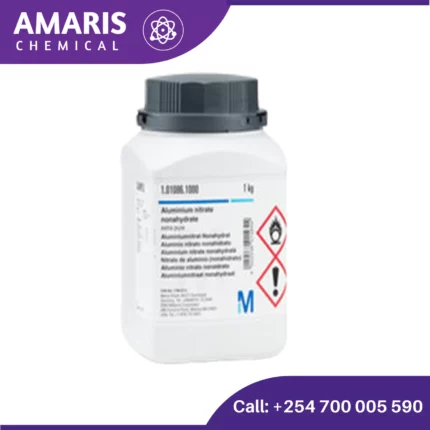


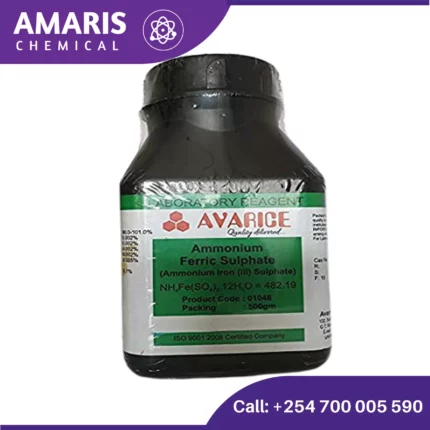

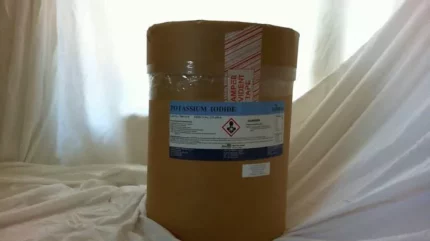


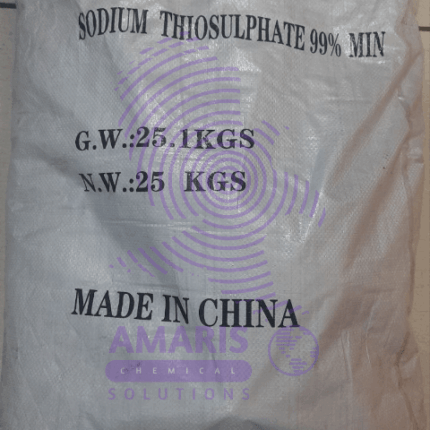
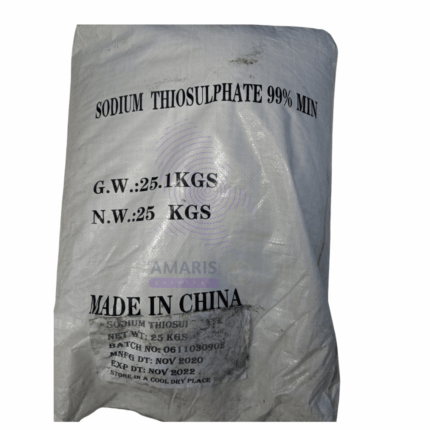













Reviews
There are no reviews yet.